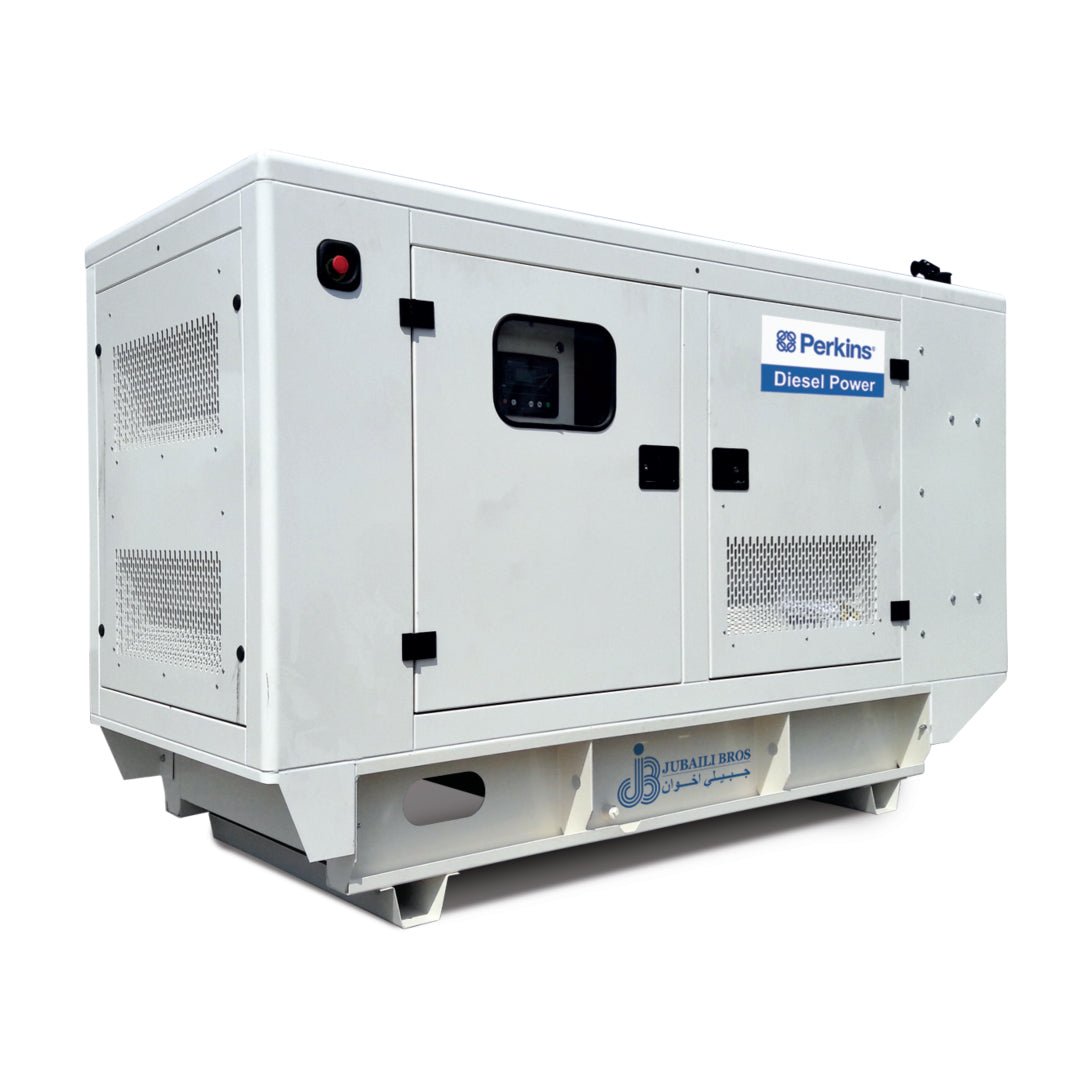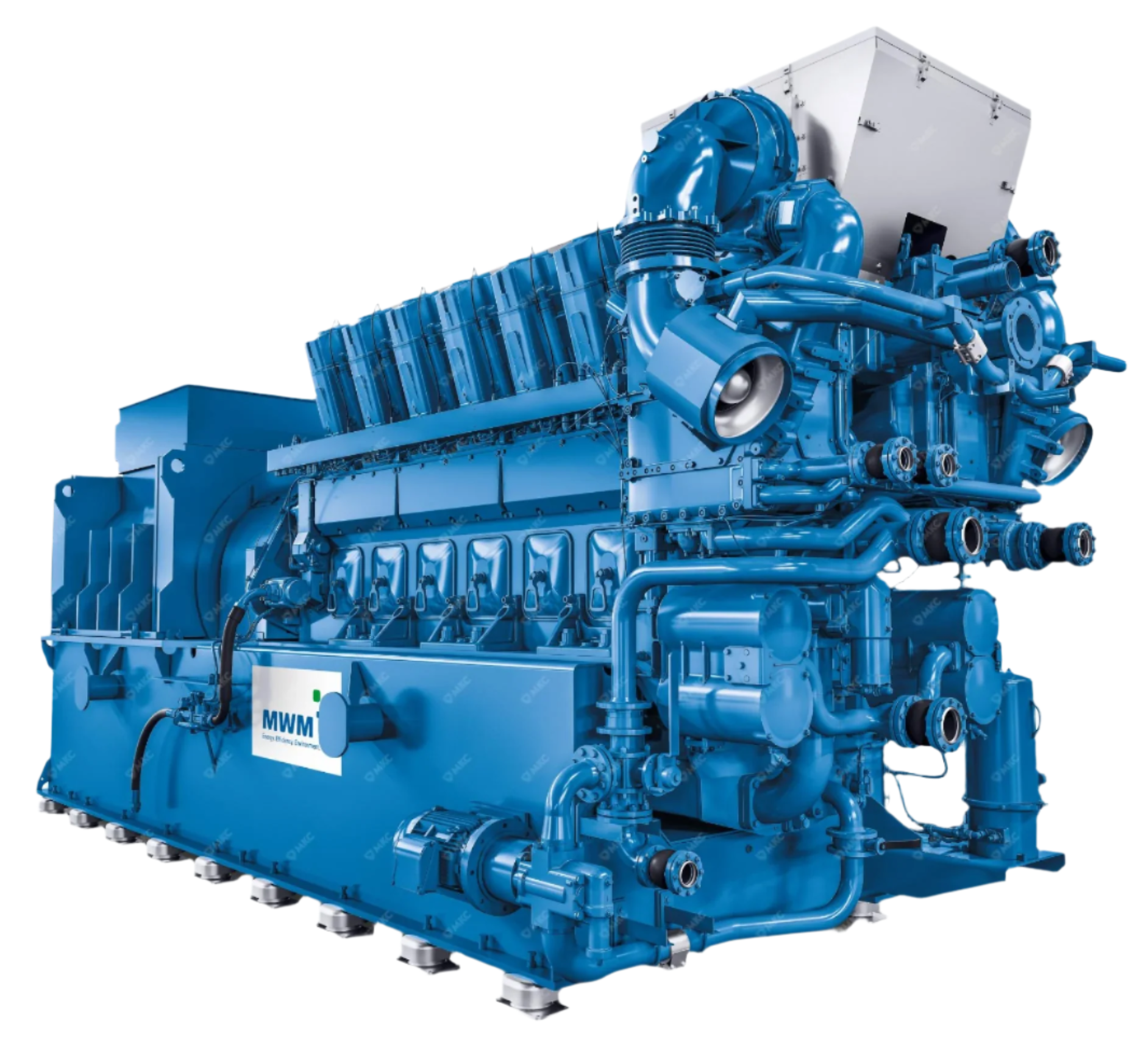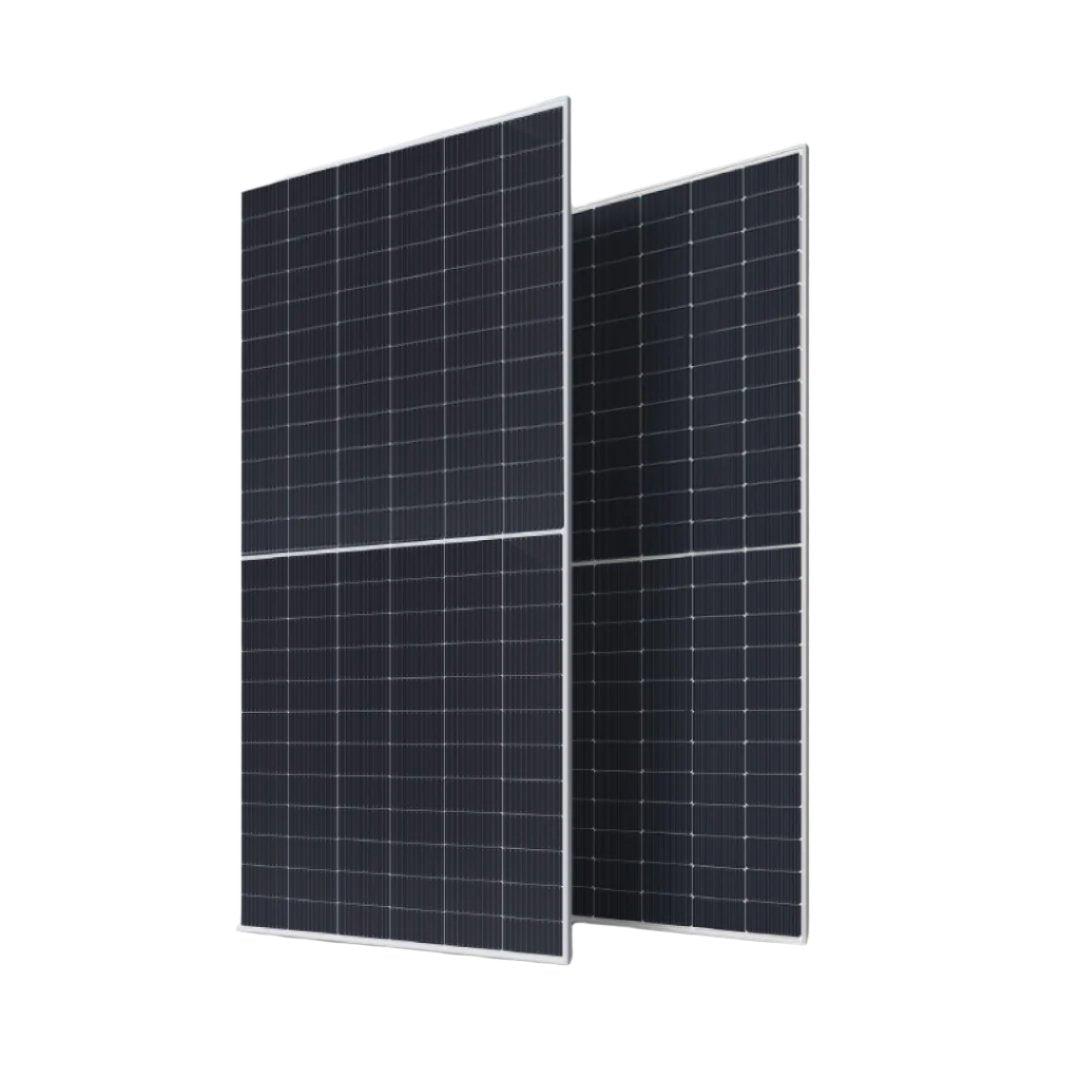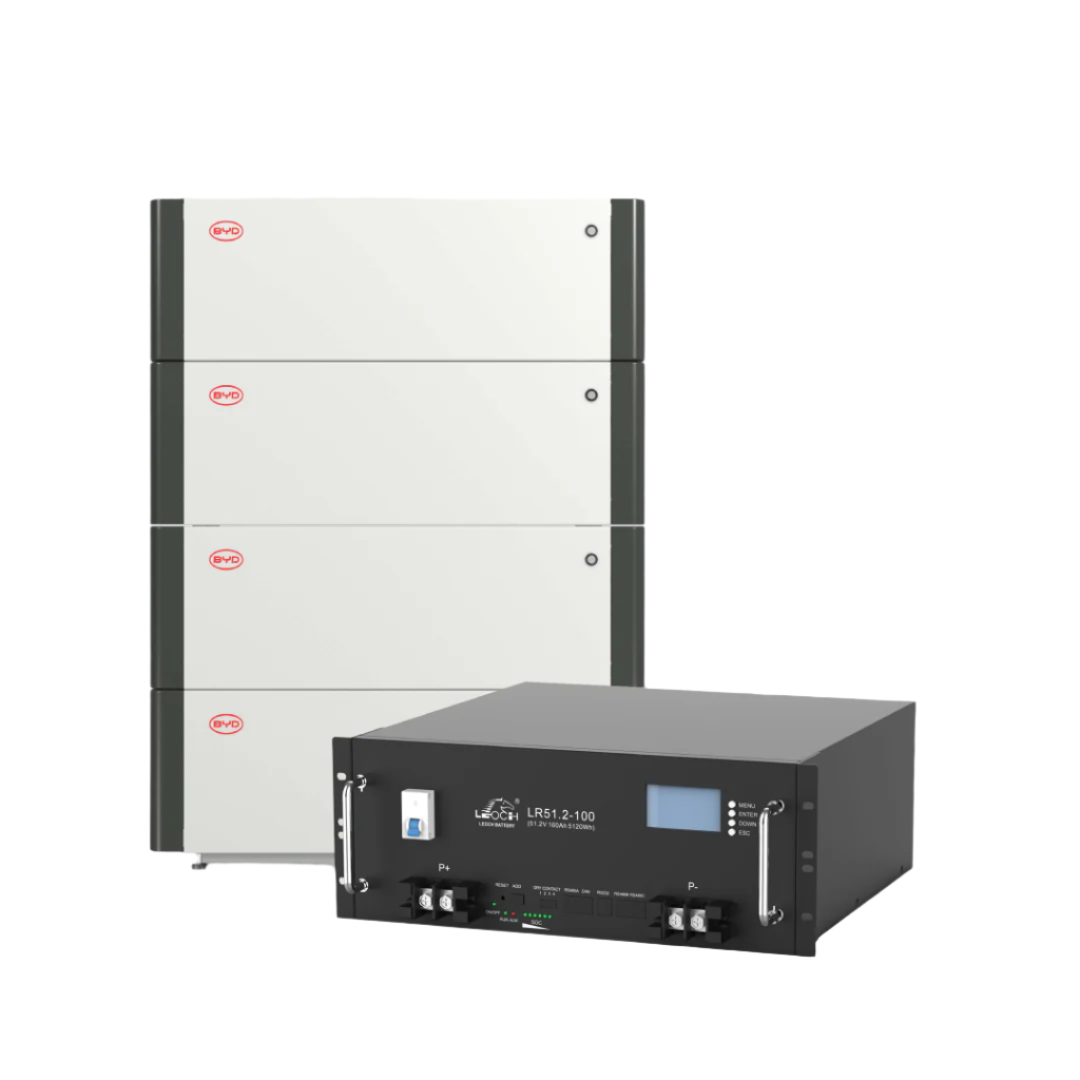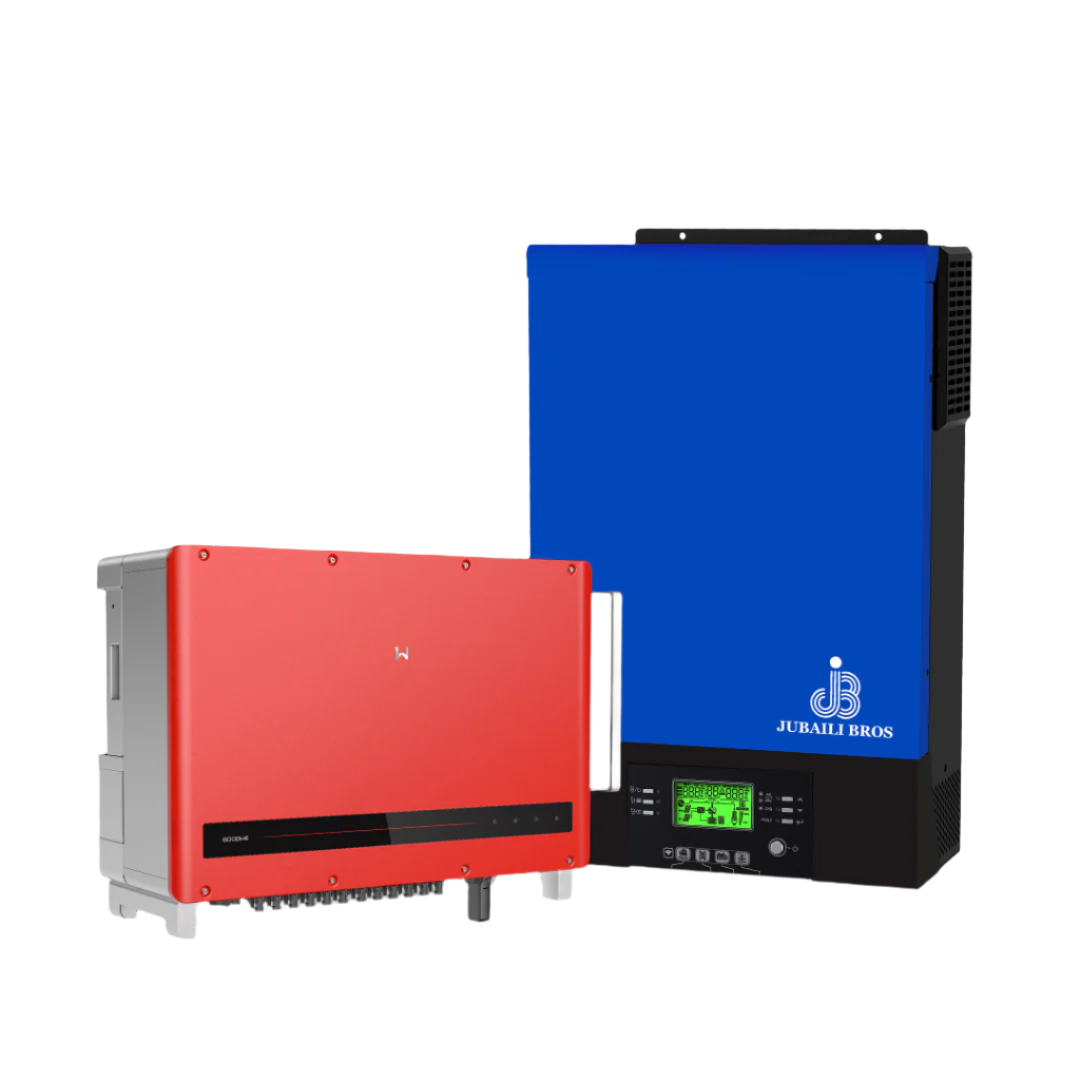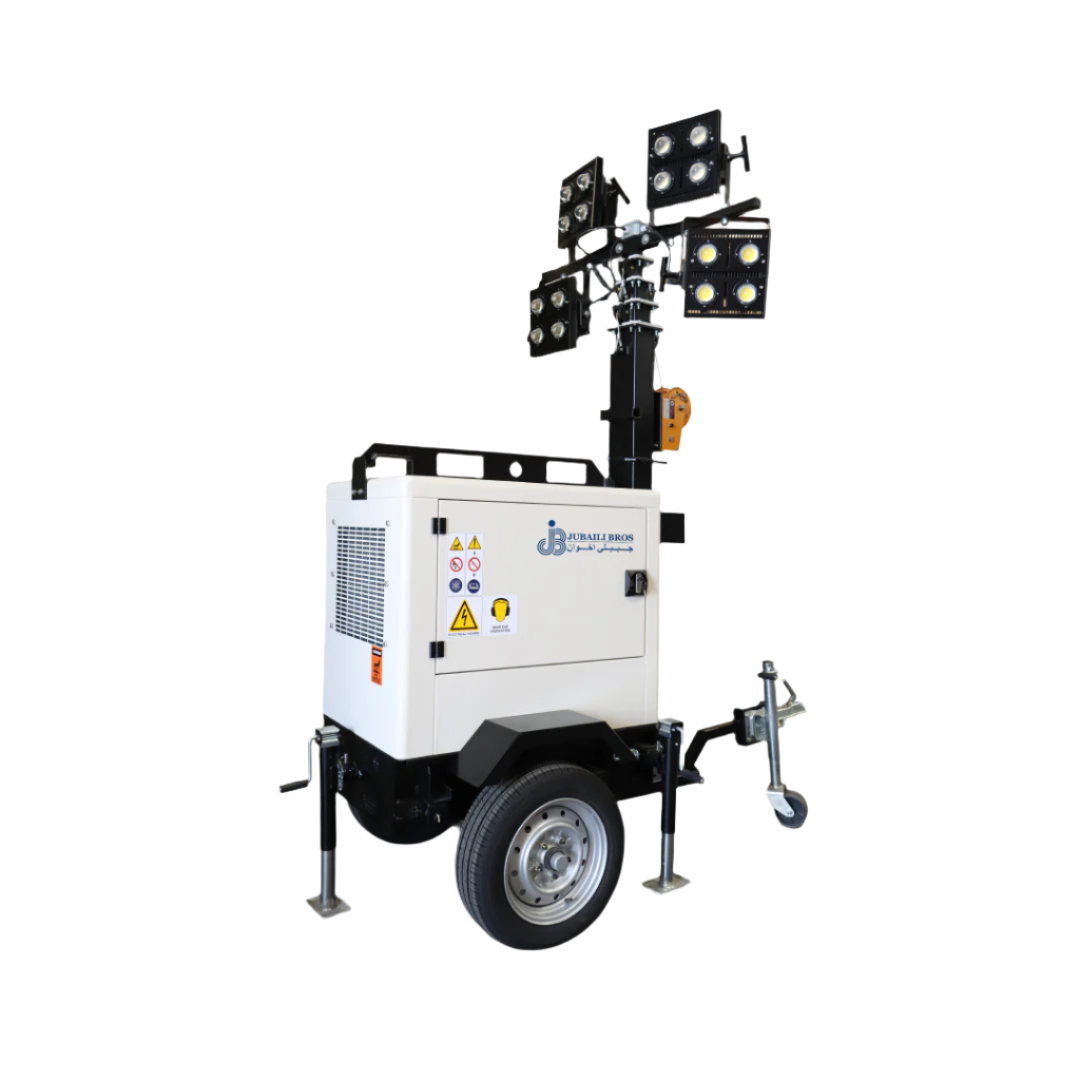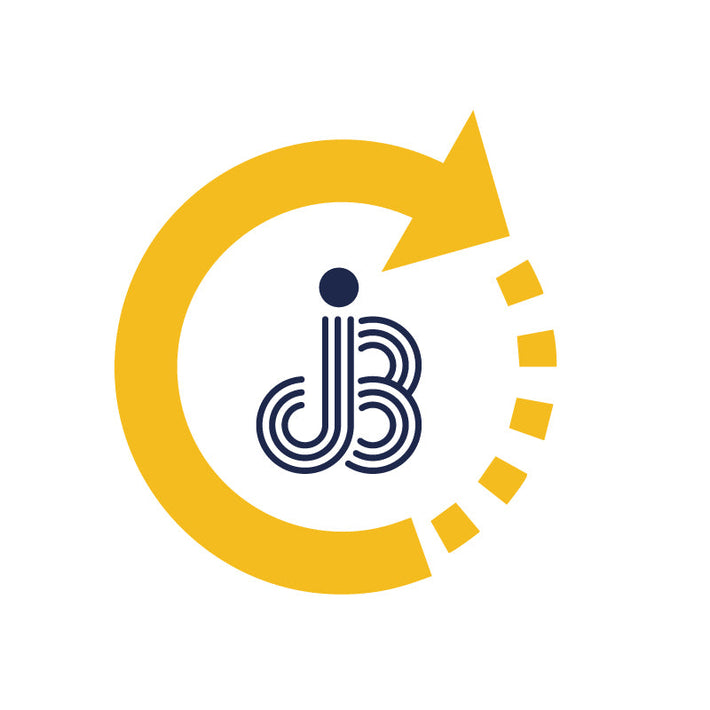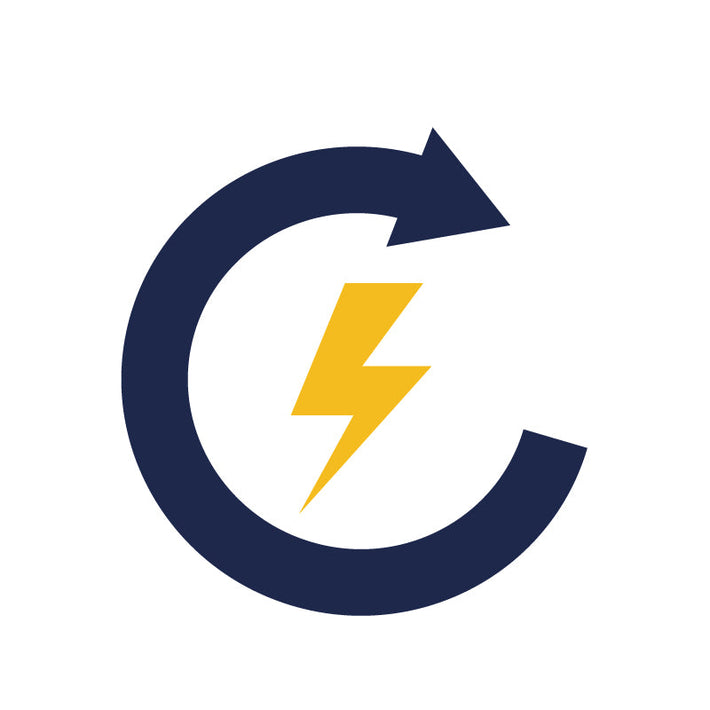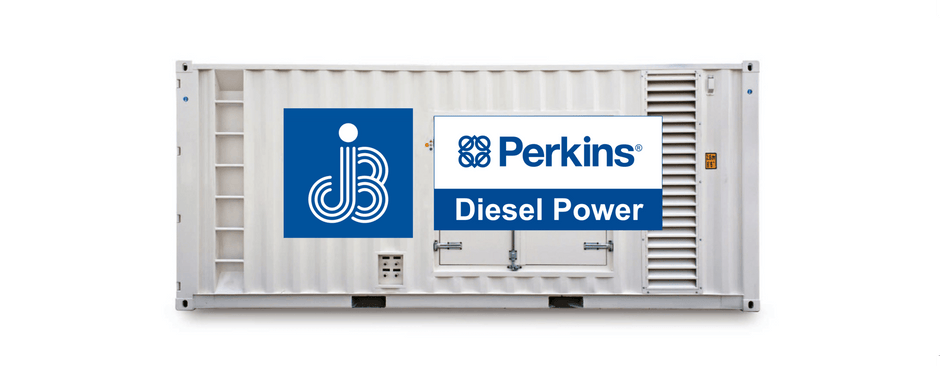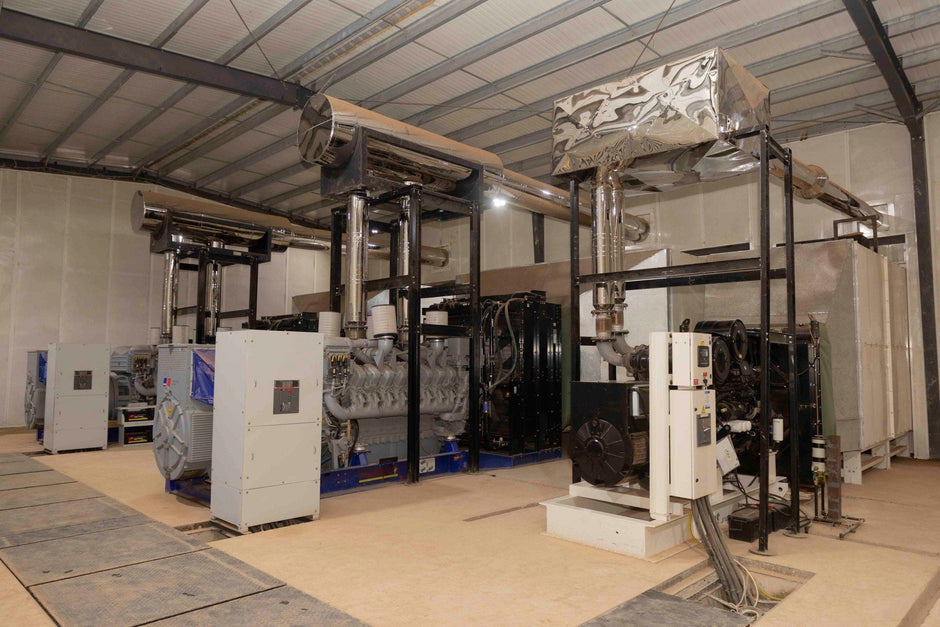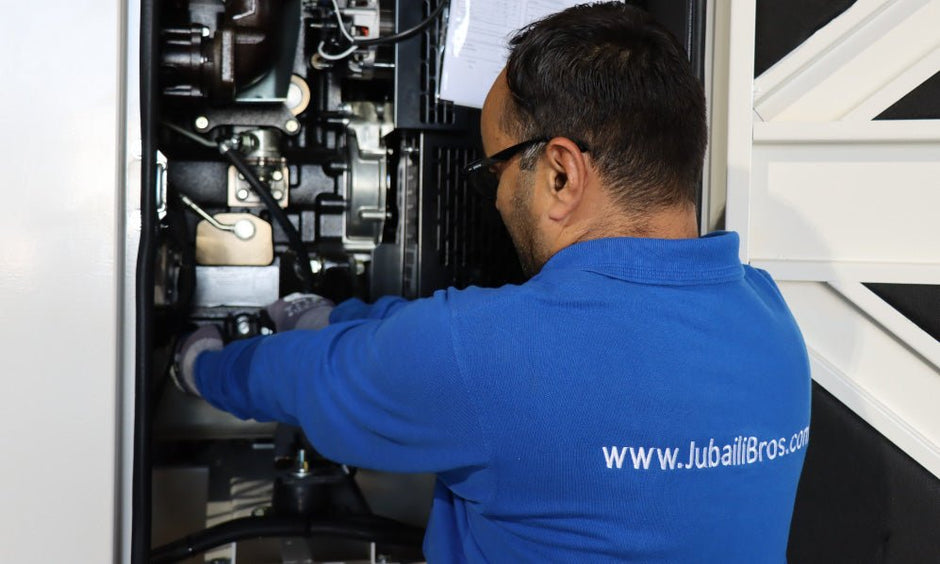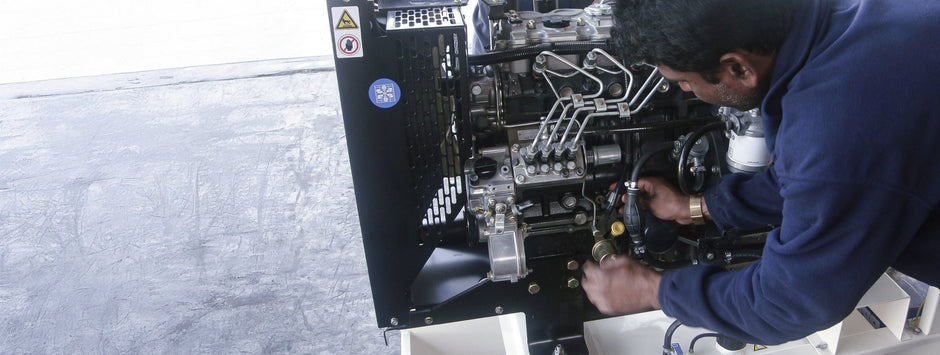A generator that starts flawlessly but trips shortly after taking load can be both frustrating and costly. Whether due to overload, undervoltage, high coolant temperature, or reverse power, each shutdown leaves a trail of diagnostic clues. This article groups the most common load-related trip causes by subsystem and outlines the systematic approach used by Jubaili Bros field engineers to restore uptime quickly and safely.
Electrical Protection Trips
Over-Current / Overload (ANSI 50/51)
- Symptom: Controller logs “Over-current trip,” breaker opens at 110–125 % of rated current.
- Checks: Compare actual load with generator capacity; investigate for motor inrush or back-feed from utility.
- Solutions: Shed non-critical loads; review protection settings and adjust long-time pickup if improperly set.
Under-Voltage (ANSI 27)
- Symptom: Voltage dips below 85 % during load acceptance, followed by a trip.
- Causes: AVR ceiling too low, step-load too high, or weak excitation type (shunt).
- Solutions: Upgrade excitation to AREP or PMG; add soft starters; tune AVR gain and stability.
Reverse Power (ANSI 32R)
- Symptom: Trip occurs seconds after synchronization with the live bus.
- Causes: Fuel delivery problem lowers engine torque, causing power to flow into the generator.
- Solutions: Replace clogged filters, check governor settings, and verify synchronizer configuration.
Mechanical and Thermal Trips
High Coolant Temperature
- Causes: Clogged radiator, broken fan belt, high ambient temperature, or failing coolant pump.
- Solutions: Clean radiator core, replace fan belt or pump, consider radiator upgrade for high-temperature sites.
Low Oil Pressure
- Causes: Low oil level, fuel dilution lowering viscosity, or faulty sensor.
- Solutions: Refill oil to correct level; investigate cause of dilution; replace pressure switch.
Fuel Supply Loss
- Causes: Empty day-tank, blocked filters (ΔP > 45 kPa), or faulty transfer pump.
- Solutions: Refill tank, replace filters, and test pump circuit or relay.
Control and Sensor Faults
- False Over-Frequency: Caused by loose magnetic pickup—tighten or replace the sensor.
- CANbus Communication Dropout: Cable runs too close to alternator output—reroute to reduce electrical noise.
- Over-Crank Condition: Load applied too soon after cranking—extend warm-up delay timer.
Step-by-Step Diagnostic Process
- Download and review the controller’s event log; identify fault codes.
- Check voltage, current, temperature, and pressure readings immediately before trip.
- Use a load bank to replicate the issue incrementally (25 % steps).
- Temporarily disable one protection at a time to isolate the tripping cause—do not leave disabled in operation.
- After correction, perform a 1-hour load test at 100 % and log results.
Case Snapshot
A 1 MVA generator tripped on undervoltage during a 65 % load step. The alternator had shunt excitation, and AVR field current was capped at 3 A. Engineers upgraded to a PMG kit and raised the ceiling to 6 A. The result: –13 % voltage dip without tripping, within ISO 8528 G3 limits.
Preventive Recommendations
- Verify protection setpoints against design every quarter.
- Clean radiators and change air filters every 250 running hours.
- Exercise generator monthly at ≥ 60 % load to prevent wet stacking.
- Calibrate pressure and temperature sensors annually.
Conclusion
Load-related shutdowns typically originate from either true overload conditions or misconfigured protections. By combining controller logs with targeted inspection and structured load tests, you can isolate the cause and restore dependable operation.
Need expert help on-site? Contact Jubaili Bros—our technicians carry calibrated meters, AVRs, and diagnostic tools to resolve issues efficiently.







